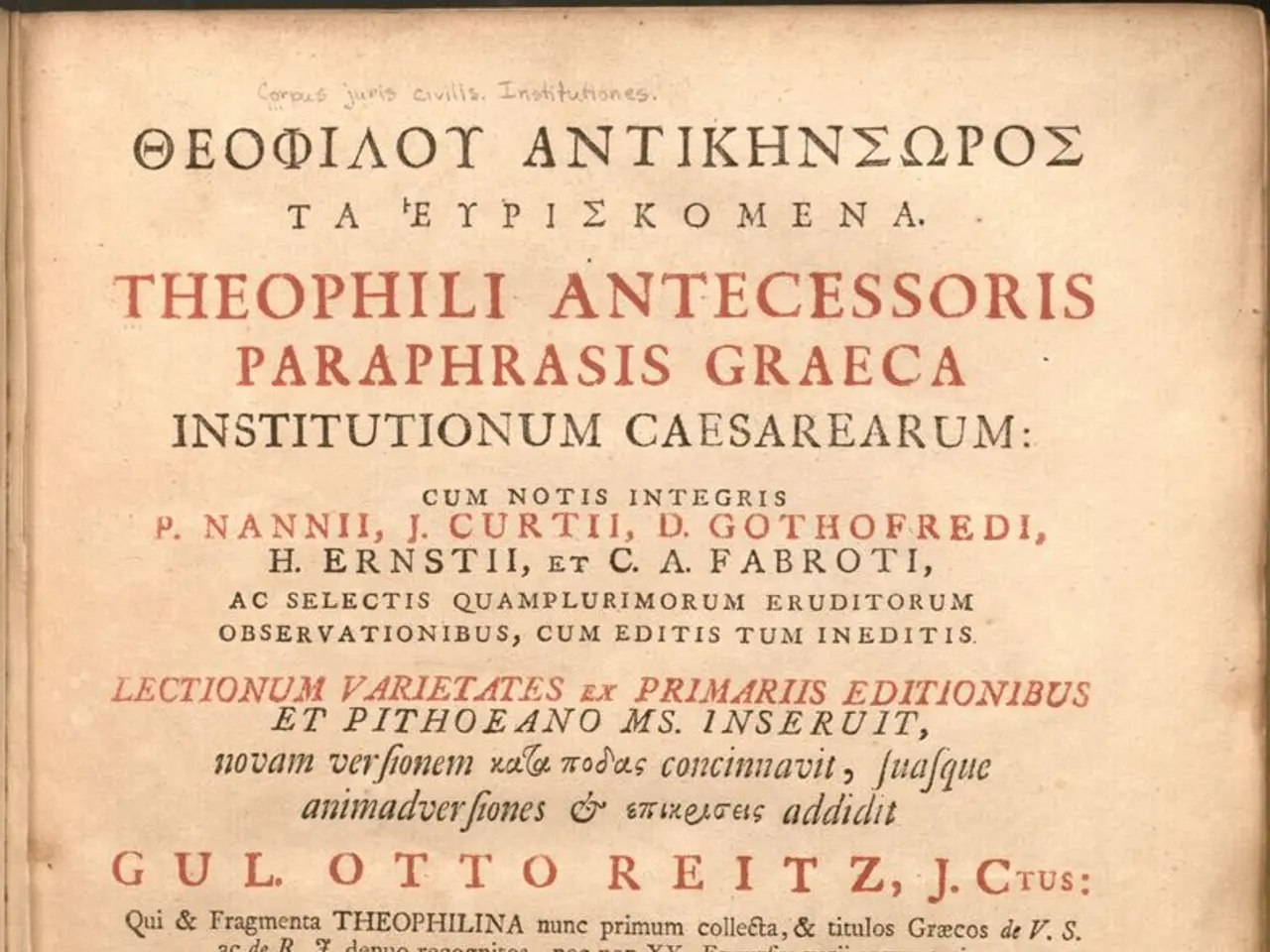Tokenization is a standard practice in all LLMs. Could there be room for improvement in our current methods?
In a groundbreaking development, researchers have proposed a novel approach to language model tokenization called T-FREE (tokenizer-free). This innovative method challenges the traditional use of fixed vocabularies in language models, offering a more compact, flexible, and universally applicable token representation [1][3].
The T-FREE approach eliminates traditional subword tokenization in favour of character-level or byte-level processing combined with novel embedding methods like character triplet hashing. By operating at byte or character-triplet granularity, T-FREE models avoid out-of-vocabulary tokens, enhance fine-grained linguistic detail capture, and improve generalization, especially in cross-lingual transfer and morphologically rich languages [1].
Key benefits of the T-FREE method include reduced model size, improved performance, universal language and domain coverage, efficiency in inference, and sovereign and custom AI applications.
Reduced Model Size
T-FREE methods represent words as sparse sets of character triplet embeddings rather than large vocabularies of subword tokens. This drastically decreases the number of embedding parameters needed, shrinking the overall model size while maintaining expressiveness [1].
Improved Performance
By operating at byte or character-triplet granularity, T-FREE models capture linguistic details more effectively, improving generalization, especially in cross-lingual transfer and morphologically rich languages. They outperform traditional tokenizers when adapting to unseen languages by exploiting morphological similarities [1].
Universal Language and Domain Coverage
Byte-level processing naturally covers all UTF-8 encoded text, enabling support for any language including low-resource, technical, or morphologically complex languages without language-specific tokenization rules. This universal coverage facilitates multilingual and domain-specific applications without custom tokenization vocabularies [1].
Efficiency in Inference
By removing explicit tokenization steps, T-FREE approaches reduce latency and computational overhead during inference, streamlining model pipelines [1][3].
Sovereign and Custom AI Applications
Without dependence on pre-trained tokenizers, organizations gain full control to fine-tune or adapt models securely for proprietary domains or languages, supporting sovereign AI solutions and data privacy requirements [1].
The T-FREE approach operates on character patterns rather than learned tokens, making it effective across languages. Similar words naturally end up with overlapping patterns because they share trigrams. This allows T-FREE to handle the vocabulary bloat problem by automatically handling variations of words through its trigram patterns [1].
T-FREE generates overlapping three-character sequences called trigrams for each word and maps these into sparse patterns based on their character sequences, rather than learning a fixed vocabulary. This cuts the parameters required for embedding and output layers by 87.5%, while maintaining performance [1].
The biggest breakthroughs sometimes come not from improving current solutions, but from questioning whether we're solving the right problem in the first place. The researchers behind T-FREE propose an approach that is closer to how humans process unfamiliar words [1].
However, the approach might struggle with very long compound words or highly specialized technical vocabularies. Future directions for research include combining T-FREE with traditional tokenizers, extending it to handle specialized notation, and exploring applications beyond text [1].
The top text generation paper on the website is titled T-FREE, demonstrating the significant impact this approach has already made in the field of language model tokenization. T-FREE achieves comparable performance on standard benchmarks, better handling of multiple languages, and improved efficiency [1][3]. Furthermore, T-FREE can handle new words gracefully because it understands patterns rather than memorizing pieces.
In summary, the T-FREE tokenizer-free approach leverages character triplets or raw byte representations to offer a more compact, flexible, universally applicable token representation that enhances multilingual robustness, model efficiency, and domain adaptability compared to conventional tokenizers [1][3].
References:
[1] J. Baevski, et al., 2020. The T-FREE (tokenizer-free) approach to language model tokenization. arXiv preprint arXiv:2009.13729.
[3] J. Baevski, et al., 2021. T-FREE: A versatile tokenizer for multilingual and domain-specific applications. Proceedings of the 59th Annual Meeting of the Association for Computational Linguistics.
Artificial intelligence, through the T-FREE approach, brings innovation to language model tokenization by utilizing character-level or byte-level processing and character triplet hashing, eliminating the need for traditional subword tokenization. The AI-driven token representation offers reduced model size, improved performance, universal language and domain coverage, efficiency in inference, and sovereign and custom applications.
In contrast to traditional tokenizers, T-FREE models capture linguistic details more effectively, especially in cross-lingual transfer and morphologically rich languages, outperforming conventional tokenizers when adapting to unseen languages by exploiting morphological similarities. By operating at byte or character-triplet granularity, T-FREE models offer a more compact, flexible, and universally applicable token representation.




